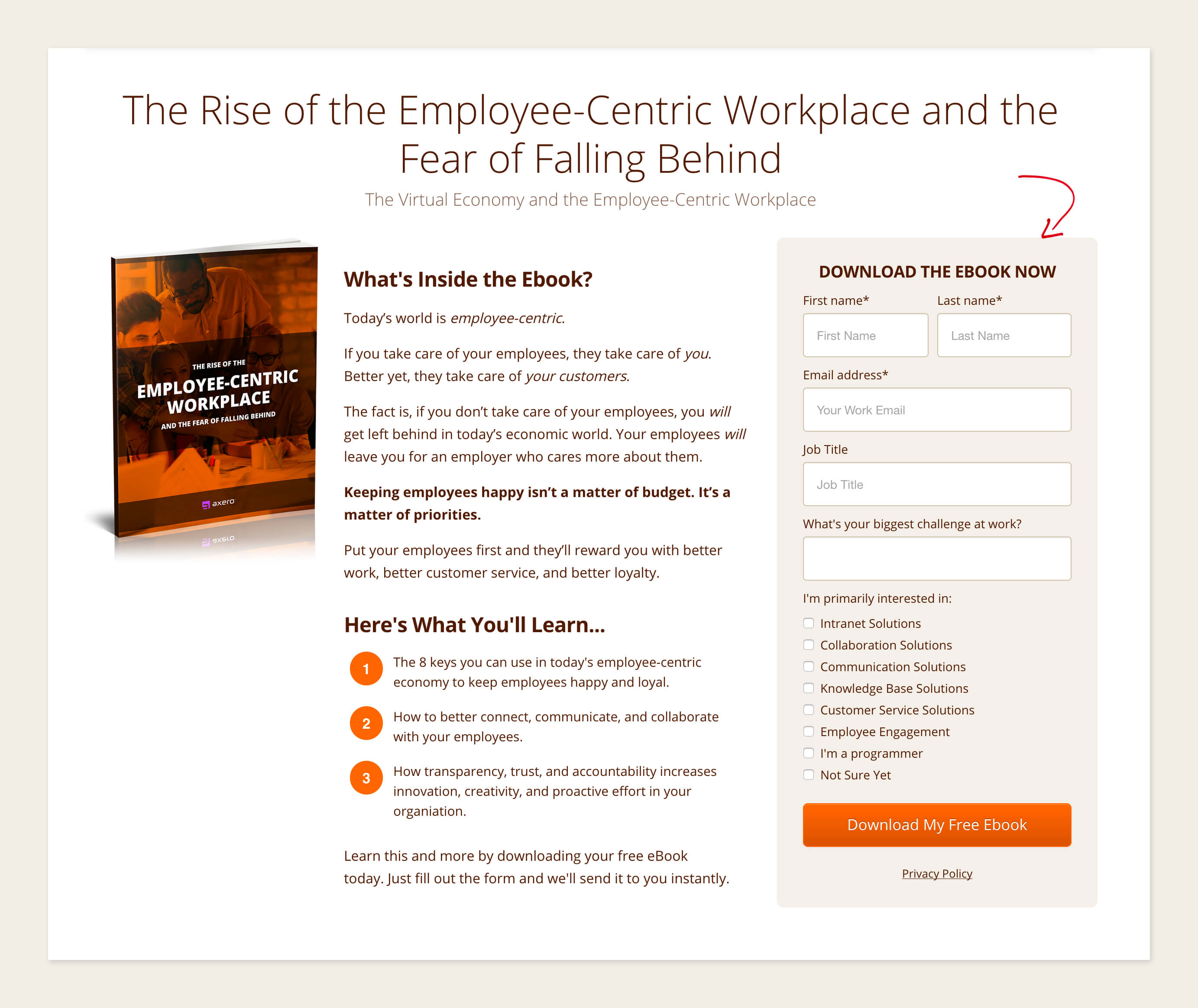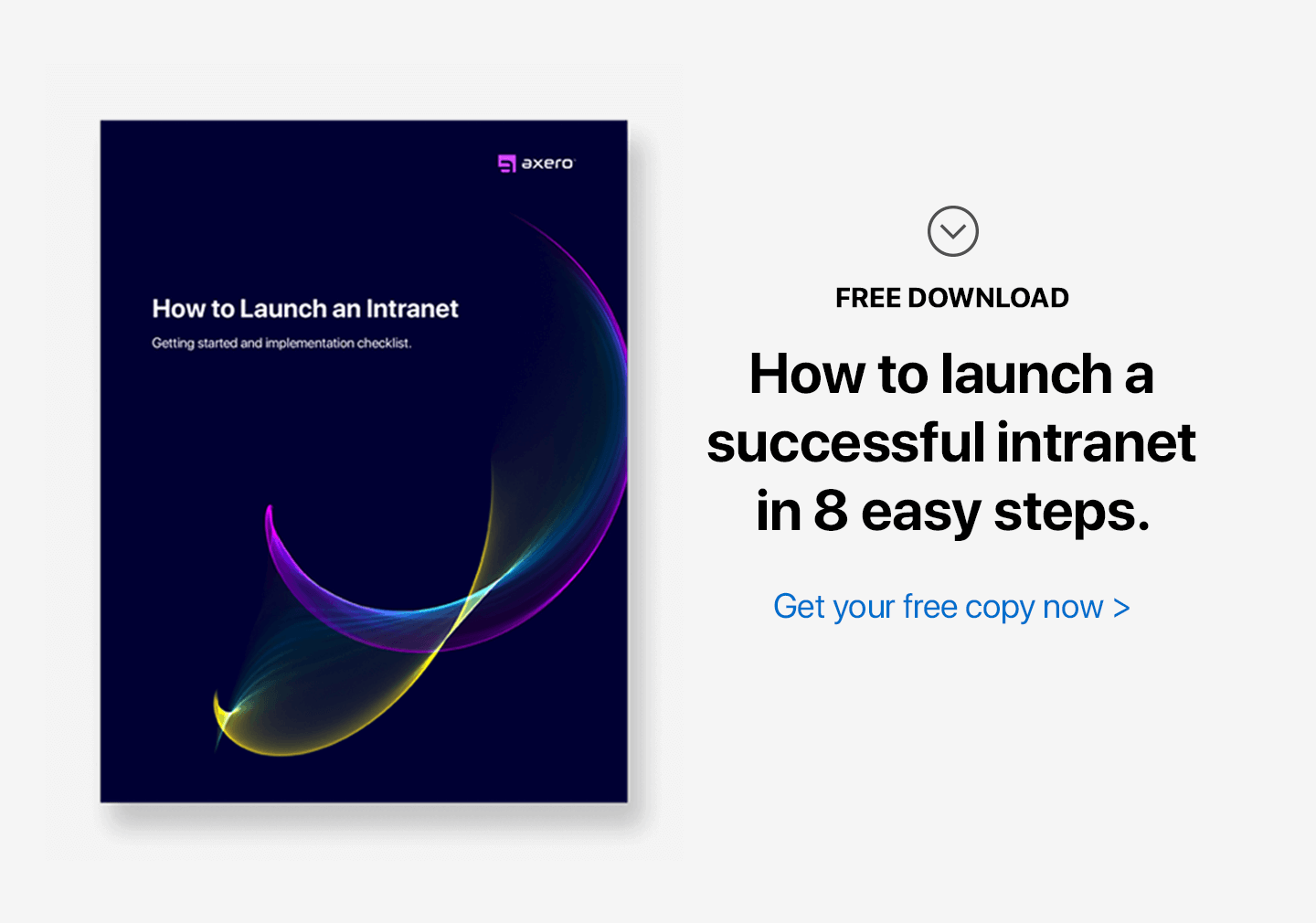Picture this… You’re planning a party, and you’re mailing out invitations. You address one to a co-worker who you don’t particularly like and don’t actually want to come to your party, but he invited you to his party earlier this year, so you feel obligated – even compelled – to invite him.
Here’s another scenario… Crazy Aunt Susie sends you a Christmas card. You haven’t heard from her in years and you’re not close to her at all, considering her age, you might not ever see her again. Still, you automatically add her to your Christmas card list.
You probably encounter scenarios like this all the time! You feel obligated, indebted and duty-bound to act a certain way. Why is that? The reason is that you’re a human being governed by human behavior.
In the above examples, you saw the reciprocity principle in action. This is one of the seven principles of persuasion that Robert Cialdini explores in his groundbreaking books, Influence: The Psychology of Persuasion and Pre-Suasion: A Revolutionary Way to Influence and Persuade. I gave you a bird’s-eye view of the reciprocity principle in my recent post Persuasion at work. Let’s cover the many more ways you can use reciprocity to positively influence your employees.
Reciprocity Recap
The principle of reciprocity relies on our powerful, internal sense of obligation. When someone does something nice for us, we feel indebted to that person and compelled to do something nice for them in return. Even if they did that nice act out of the kindness of their heart, we still feel indebted until we pay it back. You see the feeling of indebtedness at work in the two examples above, to which I’m sure you can relate. Feeling the need to reciprocate kindness is natural.
Some experts believe that reciprocity is our brain’s way of simplifying decision-making. As human beings evolved, our brains developed shortcuts to make reasonable decisions faster and more reliably. Reciprocity is one of those shortcuts. Instead of using cognitive resources to figure out if, and how, we need to respond to another person’s actions, our neurological wiring tells us, “That person did something nice for me. Now, I must do something nice for them.”
Using Reciprocity in the Workplace
Reciprocity can make your workplace happier and more productive if you know the right ways to trigger it. One of the simple ways to trigger a sense of positive reciprocity in your employees, mentioned in my “7 Powers of Persuasion” post, is with rewards.
Reciprocity Examples and Human Behavior
If you notice an employee displaying positive behaviors you want to encourage, give them a gift—without any warning. Remember, it MUST be a gift! A gift certificate, a nomination for an award, or public recognition for your employee’s positive actions in your next employee meeting will go a long way in triggering the rule of reciprocity in your employee. They will be more likely to continue that desired behavior as a thank-you for doing something nice for them. This is just one reciprocity example of many and a perfect display of how to trigger reciprocity to improve your workplace.
Positive and Negative Reciprocation
Positive reciprocity involves returning a favor with an equally positive action. It creates a cycle of kindness and mutual support, building a healthy environment at work. Examples include mentoring a colleague in return for their assistance on a project or rewarding an employee with praise and recognition for their hard work.
On the other hand, negative reciprocity occurs when one party retaliates against another, creating a cycle of negative actions. This can happen if an employee feels slighted or unfairly treated and responds with reduced effort or even sabotage. Recognizing and addressing negative reciprocity is crucial for maintaining a healthy working environment.
Sharing Knowledge Liberally
Modern marketers do this all the time, and you might not have even noticed. In fact, an entire category of marketing, called content marketing, revolves around this notion of sharing knowledge. In content marketing, marketers create expert content—like blog posts, e-books, infographics, videos, podcasts, webinars, etc.—with the purpose of engaging their target audience.
Sometimes the engagement they’re after is prospective customers discovering the content. Sometimes the engagement marketers want is more about building a positive, long-term relationship with the customer base. Sometimes, though, marketers engage the audience with content in order to trigger the reader’s sense of reciprocity.
A great example of this is when you go to a company’s website in search of a solution to a problem and encounter an offer for a free e-book prominently displayed on the homepage. You click the link for the company’s blog at the top of the page, searching for information on how to solve your problem. The blog is full of actionable, practical information that you can actually use. As you continue to click through the site, you discover a resources section, like the awesome one we have on the Axero site, full of guides, checklists, tip sheets, infographics, and more e-books. When you get ready to leave the site, you’re met with a pop-up offering complimentary access to an exclusive online workshop. All of this content covers subjects in which the company is an expert. You can download any of it for free and learn how to solve the problem yourself.
How do you feel about that company now? Do you think they’re crazy for giving you content that enables you to solve your problem, instead of pushing you to buy the company’s solution? Or do you feel grateful for the help, grateful enough, that if you do decide you need to pay someone to solve your problem, this company is now at the top of your list? This is reciprocity in marketing.
A website visitor who receives valuable information for free is more likely to feel obligated to buy from that website or company. It’s the digital equivalent of the free samples you get at the grocery store. It’s why every time you buy something from a company, you end up on its email list, continually being sent emails until you unsubscribe. The company keeps providing you with value (if the marketing is being done right) so you continue to feel like you’re on the receiving end of a gift. Check out these examples of reciprocity every day without you probably even realizing it. How can you apply this concept in your workplace? How can you share your expertise in a way that motivates employees? What are the two big pitfalls?
- When you hand over your email address, you know you’re going to get marketing emails from the company going forward. Unsubscribing from any email list you don’t want to be a part of is a simple matter, but it’s still an unwanted hassle.
- Sometimes the content on the other side of that “email gate” isn’t worthwhile. Now, you’ve given out your personal information for content you can’t use and don’t want.
As a leader in your workplace, here is your takeaway: Gating off your knowledge can frustrate and alienate your employees, but making your valuable expertise readily available with no hoops to jump through can make your employees feel grateful to you. Think about all the ways you can make your knowledge easily accessible to your employees. Using your company intranet, you can:
- Write an ongoing series of blog posts or detailed articles
- Start an open discussion and ask people what would make their job easier
- Create a wiki to share information you’ve learned
- Build a dedicated space on your intranet for a subject, project or issue
- Schedule daily “office hours” where employees can come into your office to talk to you without scheduling a meeting
Bribe Your Employees… Thoughtfully
Sharing your knowledge with your team is by far the easiest way to trigger positive reciprocity in your employees, but a little ethical bribery can go a long way, too.
Late last year, I got a large envelope in the mail. When I opened it, I found a paper survey from a company I didn’t recognize and a small gift—a dollar bill. Now normally, that survey would have gone straight into the trash, but the dollar bill changed the scenario. I took the dollar (I mean, what else would I have done with it, mailed it back?), filled out the survey and sent it back.
The dollar bill was a blatant bribe, and it worked. Think about how you could apply this concept to your team to keep the members feeling motivated and performing at their best.
- Bring in donuts every Monday morning
- Take one employee to lunch each week
- Schedule a monthly employee appreciation event
- Create a reward system that incentivizes everyday activities and then reward people more extravagantly when they go above and beyond
BUG Your Team
No, I don’t mean harass your employees, nor do I mean put electronic listening devices in their cubicles. The term BUG refers to an old Amway tactic. One of the original multi-level marketing companies, Amway sells health, beauty and homecare products to people in their own homes. This savvy company came up with a smart idea to trigger the reciprocity principle in prospective buyers.
It taught its representatives to leave a package of free samples, called a BUG, with the prospective buyer for up to three days. The package was free, with no expectation to buy. The buyer was asked only to try the products at their leisure. After the three days were up, the rep would go back to the buyer’s house to pick up the BUG and collect any orders. By far, more prospects bought Amway products when they received a BUG. Why? Buyers bought because of a sense of obligation triggered by the generosity of the rep.
The subscription box company Birchbox uses a similar method, minus the door-to-door representative. Users can subscribe to the service, having a box of makeup samples delivered to their door each month. Once they’ve tried the samples, they’re much more likely to buy.
You might be wondering how you can possibly use the BUG method in your own workplace? It’s a great tactic for getting your employees excited about using the intranet. Start a free trial of Axero. Then tell your employees that you’ve worked out a deal to let them try out this intranet software for 14 days. Ask them to set up their profiles and use the communication tools to chat with each other. Encourage them to explore all the possibilities the intranet could provide and make sure you give them the time to explore. Tell your employees that if they like it, you’ll buy it for them. BUG deployed.
Be Genuinely Generous
Beyond using bugs and bribery, you can also use generosity to trigger reciprocity. Imagine you’re at a restaurant catching up with a friend about their family, business, and March Madness bracket. When the check arrives, your friend grabs it first, insisting, “Today’s lunch is on me, you can get it next time.” Feeling uncomfortable but compelled, you agree.
A few weeks later, that same friend asks for your help with moving. Even though you dislike moving, you agree without hesitation. This is the principle of reciprocity in action: your brain quickly decides you owe a favor in return for their previous kindness, even if the exchange feels uneven.
However, bribes and genuine generosity are different. A bribe is intentional, while generosity is selfless and often unconscious. Despite being a tricky tactic, generosity is one of the most effective ways to trigger reciprocity. Be generous, give first, and ask, “Who can I help?” rather than, “Who can help me?” That’s it.
- Give your time.
- Give your knowledge.
- Give first.
You can use your company intranet to set up systems for almost anything – including generosity.
- Add a task to your weekly to-do list to “be generous.
- Start an idea discussion board for employees to share their needs and wants, both at work and in their personal lives. Make it a space where everyone can ask for help, recommendations, and resources, and receive assistance from team members (similar to the Nextdoor neighborhood network). Use the board to inspire your own generosity as a leader.
- Set up an issue tracker if your team doesn’t have one, and monitor it closely. Look for opportunities to reduce workloads, simplify tasks, cut red tape, and ease employees’ minds.
3 Keys to Reach the Reciprocity Master Level
By following the advice in this article, you can quickly, easily and ethically put the reciprocity principle to work in your workplace. Use the following three keys to make all of these tactics work in the best possible way:
- Whenever possible, give first. Don’t wait to be asked for something. Be proactive in giving.
- When it comes to gifts, make the employee feel special by giving things that are unique and personal, making sure that they are unexpected. Remember, a “gift” is different from a “reward.” For example, a Starbucks gift card would be appreciated by your team coffee fanatic, but the latest bestselling business biography would be a better fit for your team bookworm.
- Don’t be coy. Let the employee know the resource, reward, or assistance is from you. Reciprocity won’t work when the receiver can’t put a face with the kindness.
Understanding Different Types of Reciprocity with Examples
There are three main types of reciprocity: generalized reciprocity, balanced reciprocity, and negative reciprocity.
Positive Reciprocity
Positive reciprocity involves returning a favor with an equally positive action. This type of reciprocity builds a cycle of kindness and mutual support, which is essential in creating a healthy environment at work. For example, mentoring a colleague in return for their assistance on a project or rewarding an employee with praise and recognition for their hard work are instances of positive reciprocity.
Generalized Reciprocity
Generalized reciprocity involves exchanges within families or friends without the expectation of an immediate return. This type of reciprocity is often seen in situations where the benefit given is based on the assumption that the other person would do the same in the future.
Balanced Reciprocity
Balanced reciprocity involves a direct and equal exchange of goods, services, or favors. An example of this would be exchanging birthday gifts with a friend, where both parties expect to give and receive something of similar value.
Negative Reciprocity
Negative reciprocity occurs when one party tries to get more out of the exchange than the other. Selling a much-needed item at an inflated price is an example of negative reciprocity.
Impact of Reciprocity on the Workplace
Reciprocity has a profound impact on creating a healthy environment at work. It creates a sense of mutual benefit and cooperation among employees. When positive reciprocal actions are encouraged, employees are more likely to feel valued and motivated.
Emotional Reciprocity
Emotional reciprocity involves the mutual exchange of empathy and support. This is crucial in building strong interpersonal relationships within the workplace, leading to a more supportive and healthy environment.
Examples and Research on Reciprocity
Research in social psychology and social science research has shown the significant effects of reciprocity on human behavior. Studies published in the Social Psychology Bulletin have demonstrated that people tend to reciprocate kind actions, even when they come from complete strangers.
Additional Reciprocity Examples:
Random Acts of Kindness
Performing random acts of kindness in the workplace can significantly boost morale and transform your business into a culture of cooperation. Simple actions like bringing in treats, offering help with a project, or even just acknowledging someone’s hard work can create a ripple effect of positive reciprocation.
Mentorship Programs
Establishing mentorship programs where experienced employees offer guidance to newer team members can be an effective way to foster reciprocity. The knowledge and support provided by mentors often lead to increased loyalty and a desire to give back, thus reinforcing a cycle of positive reciprocation.
Potential Pitfalls of Reciprocity
While reciprocity is generally beneficial, there are potential pitfalls. The foot in the door and door in the face techniques can sometimes exploit the principle of reciprocity. The foot in the door technique involves making a small favor first to increase the likelihood of compliance with a larger request later. Conversely, the door in the face technique starts with a large request that is likely to be refused, followed by a smaller, more reasonable request.
Creating a Culture of Reciprocity
By understanding and applying the reciprocity principle, you can create a more collaborative and productive workplace. Remember to give first, make your employees feel special, and always be transparent about your actions. These strategies will help you harness the power of reciprocity to achieve a happier, healthier, and more productive work environment.
Congratulations! You have now reached Reciprocity Master Level.
The Persuasion Master series will teach you how to use the Commitment and Consistency Principle to make your workplace happier, healthier, and more productive.















 info@axerosolutions.com
info@axerosolutions.com 1-855-AXERO-55
1-855-AXERO-55


